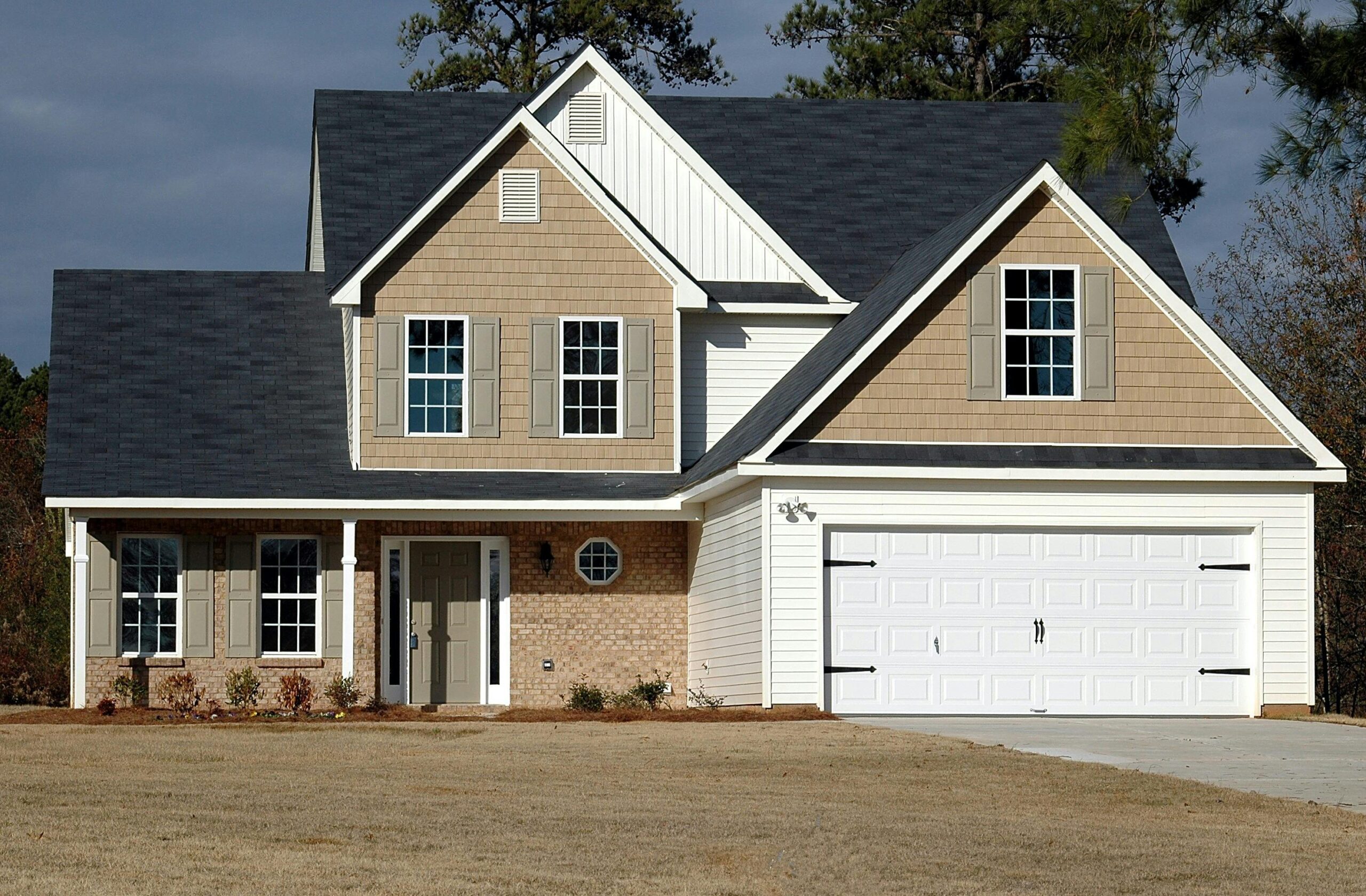
The American housing market is showing tentative signs of recovery as home sales begin to climb from historically low levels, though the pace remains frustratingly gradual for an industry accustomed to more robust activity. After experiencing the worst year for home sales since 1995, the market is displaying modest improvement, with existing home sales in the United States increasing to 4.01 million in July from 3.93 million in June of 2025. This slow but steady recovery reflects both underlying market strength and persistent challenges that continue to constrain buyer activity.
Recovery from Historic Lows
The current uptick in home sales comes after a particularly challenging period for the housing market. Despite the tough conditions for buyers, there was some momentum toward the end of 2024, with existing-home sales rising 2.2% in December from the prior month to a seasonally adjusted annual rate of 4.24 million, the fastest pace since February 2024. This momentum has continued into 2025, albeit at a measured pace that reflects the market’s cautious recovery.
The latest data confirms this gradual improvement trend. The newest numbers from the National Association of Realtors (NAR) show only a glint of improvement: Sales of existing homes rose 2% in July, compared to a month earlier. While this represents progress, the incremental nature of these gains underscores the challenges facing both buyers and sellers in the current market environment.
At the current pace, the association estimates that about 4 million existing homes will be sold in the U.S. this year, indicating that while sales are rising, they remain well below historical norms and pre-pandemic levels when annual sales regularly exceeded 5 million units.
Current Market Conditions and Pricing
Despite sluggish sales volumes, home prices continue their upward trajectory, though at a more moderate pace than during the pandemic boom years. July 2025 saw slow existing-home sales — but home prices keep setting records, the National Association of Realtors reports. This persistent price growth amid low sales volumes reflects the fundamental supply-demand imbalance that continues to characterize the housing market.
Recent pricing data illustrates this trend clearly. The median single-family home price in May was $427,800 — up 1.3% from May 2024. For condos and co-ops, the median sales price was $371,300, up 0.7% from a year earlier. These modest appreciation rates represent a significant deceleration from pandemic-era price growth but continue to challenge affordability for potential buyers.
July 2025 brought 4.01 million in sales, a median sales price of $422,400, and 4.6 months of inventory, providing a snapshot of current market conditions where limited inventory continues to support prices even as transaction volumes remain depressed.
Expert Forecasts and Market Outlook
Industry experts are cautiously optimistic about the trajectory of home sales recovery, though they emphasize that improvement will likely be gradual rather than dramatic. NAR Chief Economist Lawrence Yun provided his forecast for existing-home sales, noting “Maybe the worst is coming to an end,” and adding “Directionally, I think there’s going to be roughly a 10% boost of existing-home sales in 2025 and 2026”.
With mortgage rates expected to settle around 6% and job growth continuing, NAR chief economist Lawrence Yun sees a more favorable environment for buyers and sellers on the horizon. He shared his 2025-2026 forecast during the NAR NXT event in Boston, projecting a 10% increase in existing-home sales.
Price growth is expected to remain modest in the near term. NAR predicts that, on a national basis, home prices will rise modestly—by about 1% in 2025—before accelerating to a projected 4% increase in 2026. This gradual acceleration suggests that affordability pressures may ease slightly in the short term before returning to more typical appreciation rates.
The Lock-In Effect and Inventory Constraints
One of the primary factors constraining home sales recovery is the so-called “lock-in effect” that has dramatically reduced housing inventory. Homeowners with low mortgage rates from previous years hesitate to sell and take on higher mortgage rates, creating a “lock-in effect” that reduces housing inventory and activity in the market.
This phenomenon has created a unique market dynamic where potential sellers, who secured mortgages at rates below 4% during the pandemic era, are reluctant to give up those favorable terms to purchase new homes at current rates exceeding 6%. This reluctance has kept many properties off the market that would typically be available during normal market conditions.
The inventory situation has shown some improvement, though levels remain below historical norms. The inventory of unsold existing homes bounced 9.0% from the previous month to 1.45 million at the end of April, indicating that supply is gradually increasing but remains insufficient to meet pent-up demand.
Regional Variations in Sales Activity
The slow recovery in home sales is not uniform across all regions, with different areas experiencing varying levels of market activity. In July 2025, month-over-month pending sales declined in the Northeast and Midwest, held essentially flat in the South, and rose in the West. Year-over-year, sales decreased in the Northeast and West but increased in the Midwest and South.
These regional disparities reflect local economic conditions, population migration patterns, and varying levels of housing affordability. Southern and Midwestern markets, which generally offer more affordable housing options, are showing more resilience in sales activity compared to higher-cost coastal markets.
The variation also reflects different responses to mortgage rate environments and economic conditions. Some regions with stronger job growth and in-migration are better positioned to sustain sales activity despite challenging affordability conditions.
Challenges Constraining Faster Recovery
Several factors continue to limit the pace of home sales recovery beyond the lock-in effect. Despite the brief retreat in mortgage rates and increased supply, existing home sales dropped to a 7-month low in April, according to the National Association of Realtors (NAR). This unexpected decline suggests buyers’ activity continues to be constrained by economic uncertainty and ongoing affordability challenges.
Mortgage rates remain a significant constraint on buyer activity. While rates have stabilized compared to the volatility seen in recent years, they remain approximately double the levels that many buyers experienced during the pandemic period. This rate environment effectively prices out many potential buyers and reduces the purchasing power of those who remain active in the market.
Economic uncertainty also plays a role in buyer hesitation. Concerns about employment stability, inflation, and broader economic conditions cause potential buyers to delay major purchase decisions, contributing to reduced market velocity even when they have the financial capacity to buy.
Market Segment Performance
Different segments of the housing market are experiencing varying levels of recovery. Home sales just posted their slowest May in 16 years, indicating that overall market activity remains well below historical norms despite recent modest improvements.
Entry-level and mid-market segments face particular challenges due to affordability constraints. First-time buyers, who traditionally drive market activity, continue to struggle with the combination of elevated home prices and higher mortgage rates. This constraint reduces overall market dynamism and limits the pace of sales recovery.
Luxury segments show somewhat different patterns, with high-end buyers often having more flexibility to navigate current market conditions. However, even these segments are affected by broader market sentiment and economic uncertainty.
The Role of New Construction
While existing home sales represent the majority of market activity, new construction plays an important role in overall housing supply and sales trends. Builders have been gradually increasing production, though they remain cautious about overbuilding given current demand conditions.
New construction sales often lead existing home sales in recovery cycles, as builders can offer incentives and financing arrangements that existing homeowners cannot match. The performance of new construction markets provides important signals about the direction of overall housing market recovery.
Looking Ahead: Factors for Acceleration
Several factors could potentially accelerate the pace of home sales recovery. Housing Market Predictions for 2025 and 2026 reflect a cautiously optimistic outlook, driven by job growth, stabilizing mortgage rates, and an end to the inventory crunch that has troubled many potential buyers.
Continued economic growth and employment stability would provide confidence for potential buyers to enter the market. Additionally, if mortgage rates stabilize or decline modestly, it could unlock additional buyer demand and encourage more homeowners to list their properties.
Generational factors may also support longer-term sales growth. Millennials are entering their prime homebuying years, and demographic trends suggest sustained underlying demand for housing even if current conditions constrain immediate market activity.

Conclusion
The slow rise in US home sales represents a cautious recovery from historically low levels, reflecting both underlying market strength and persistent challenges that continue to constrain activity. While current homeowners remain the biggest beneficiaries of the housing market, enjoying record-high real estate net worth, the broader market continues to navigate affordability challenges and supply constraints.
The gradual nature of this recovery reflects the complex interplay of factors including mortgage rates, inventory levels, economic uncertainty, and demographic trends. While industry experts anticipate continued improvement, the pace is likely to remain measured as the market adjusts to a new equilibrium of higher rates and elevated prices.
For buyers, sellers, and industry professionals, understanding that recovery will be gradual rather than rapid helps set appropriate expectations and strategies. The current environment requires patience and adaptability as the market works through structural challenges toward a more balanced and sustainable level of activity.





